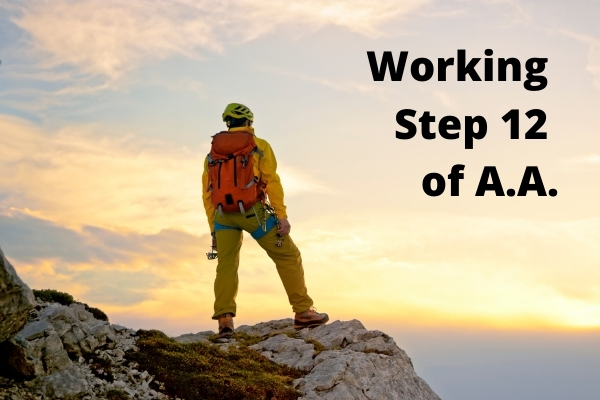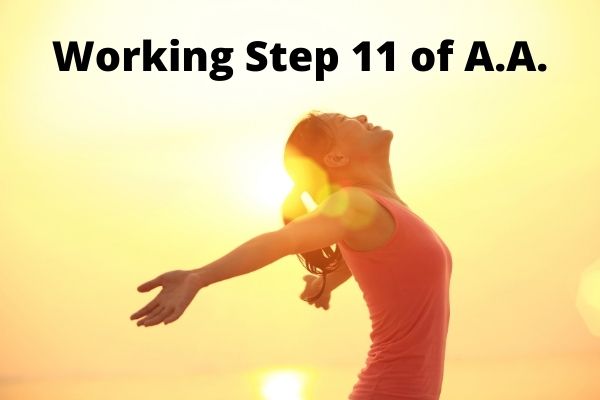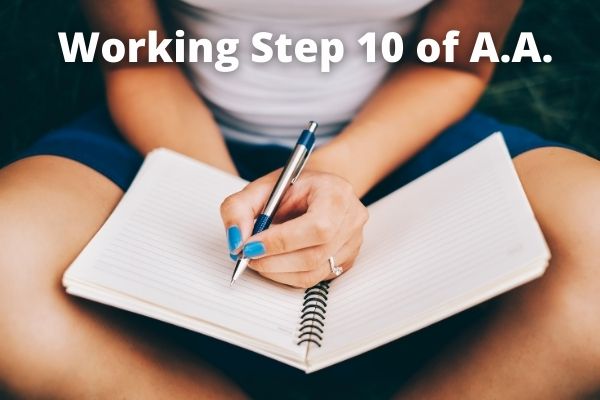Relationships are work, as any couple can tell you. When real life hits—kids, money troubles, changing jobs, the loss of a loved one—even marriages find that ‘til death do us part’ can become strained very quickly. One of the most common reasons for divorce is an occurrence whose consequential dysfunction few couples overcome: It corrodes trust, causes breakdowns in communication, and can be a constant source of toxic conflict. It’s not an extramarital affair, but actually, the relationship-ruining destruction caused by substance abuse and addiction.
4 Reasons Why Addictions Often Lead To Divorce
Even the most stable and seemingly healthy relationships can be susceptible to a rift under the right conditions. Unsurprisingly, addiction is the perfect storm that can cause all sorts of ‘last straw’ marital conflict. Here are the top reasons for divorces ranked from highest to least common, and how addiction can lead to them.
1. Lack of commitment
It takes two to tango, and unless both partners are fully dedicated to making their marriage work, the relationship can be impossible to sustain. Addiction, as many of us know first-hand, is a far-reaching disease that can impact the user’s friends, family, and the greater community as well. When an addict chooses to continue to use drugs (or refuse to get help) at the cost of hurting their loved ones, that’s a pretty big indicator that they’re more committed to satisfying an immediate craving rather than what’s best for their partner and family. On the other hand, addiction can push the non-using partner away and deteriorate their motivation to continue the relationship.
2. Infidelity
Both short and long-term drug use can seriously interfere with decision-making skills. That’s why individuals with drug addiction are at a higher risk of engaging in risky behaviors such as cheating or having unsafe sex. As a monogamous society, cheating is the ultimate relationship deal-breaker that can irreparably damage the trust between two people. Study participants who cited infidelity as the cause of their divorce reported that conflicts and communication problems happened more frequently, and were much more intense. Further, when those issues came up, the couples often found themselves unable to resolve the issue “calmly”.
3. Constant arguing
It’s normal for couples to have disagreements, in fact, they can help strengthen the relationship. There is a point when bickering becomes unhealthy, and when it happens, things can get toxic fast. It’s not simply a matter of how much you’re arguing, but the manner in which those arguments are being resolved—if at all.
Drug use is one of those things that can both be the source of conflict, and also affect how those arguments occur. Normally, each person will express themselves, hear the other person, and then determine how to respond accordingly. However, due to the nature of how drugs work, there is a drastic rewiring of the brain that can impair cognition, memory, and mood regulation—all the mental processes needed to have a rational, and productive discussion.
4. Financial problems
Money makes the world go round, and apparently, relationships as well. It’s a common trend that divorce rates spike in times of economic hardship, but it’s not just about the bottom line. Money insecurity can cause stress and anxiety, be a blow to self-esteem, and manifest itself as anger. When someone loses a job or incurs a large, unexpected expense like medical bills it can make individuals worry about how to make ends meet. That psychological strain can spell doom for a romantic relationship, with the underlying stress causing increased irritability and greater opportunity for fighting.
Drug use is not a cheap habit and can put marriages in financially dire straits. It’s not uncommon to hear about a spouse draining a joint bank account to fund their addiction. Treating addiction can be extremely costly as well, costing tens of thousands of dollars depending on the type of rehab and the treatment program.
Overcoming Addiction As A Family
Addiction is one of the three most common reasons why marriages end (and it’s often one of the strongest predictors of whether a married couple will get divorced), however, it’s probably not for the reasons you think. Although substance abuse itself is a big issue with a capital ‘B’, it’s the different, indirect ways that drug abuse alters relationship dynamics that are the most harmful.
However, that’s not to say that being married to an addict is guaranteed to fail. As long as both partners are motivated and willing to make positive changes, the relationship can still survive. If you’re not sure where to begin, peer-based groups offer a low-stakes, non-committal option for both the addicted person and their spouse to get perspective and learn what the recovery process might entail.
For the addicted person, groups such as Alcoholics Anonymous and Narcotics Anonymous can be an important first step in recognizing that they have a problem. For the spouse, Al-Anon is a group that was created specifically to support the loved ones of an addict and provides an opportunity to hear how others dealt with the relationship to a drug user. No marriage is beyond repair as long as both spouses are committed to overcoming addiction and doing it together.
Sources:
https://www.ncbi.nlm.nih.gov/pmc/articles/PMC4012696/










